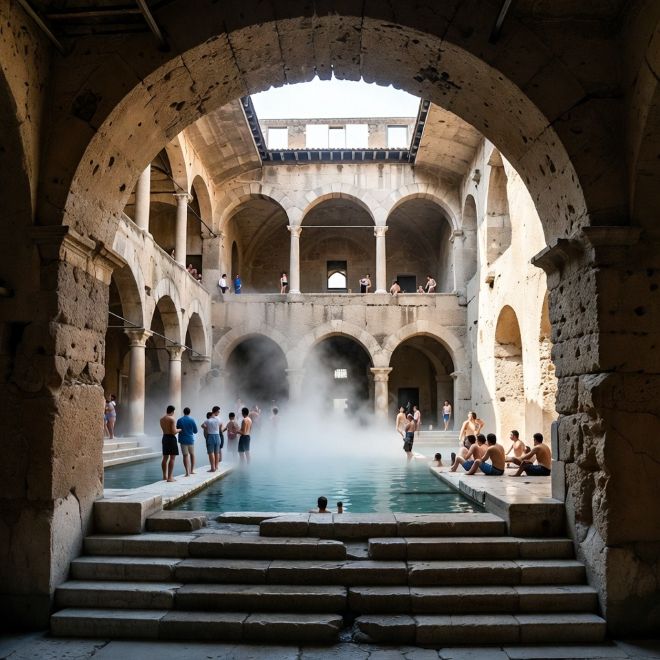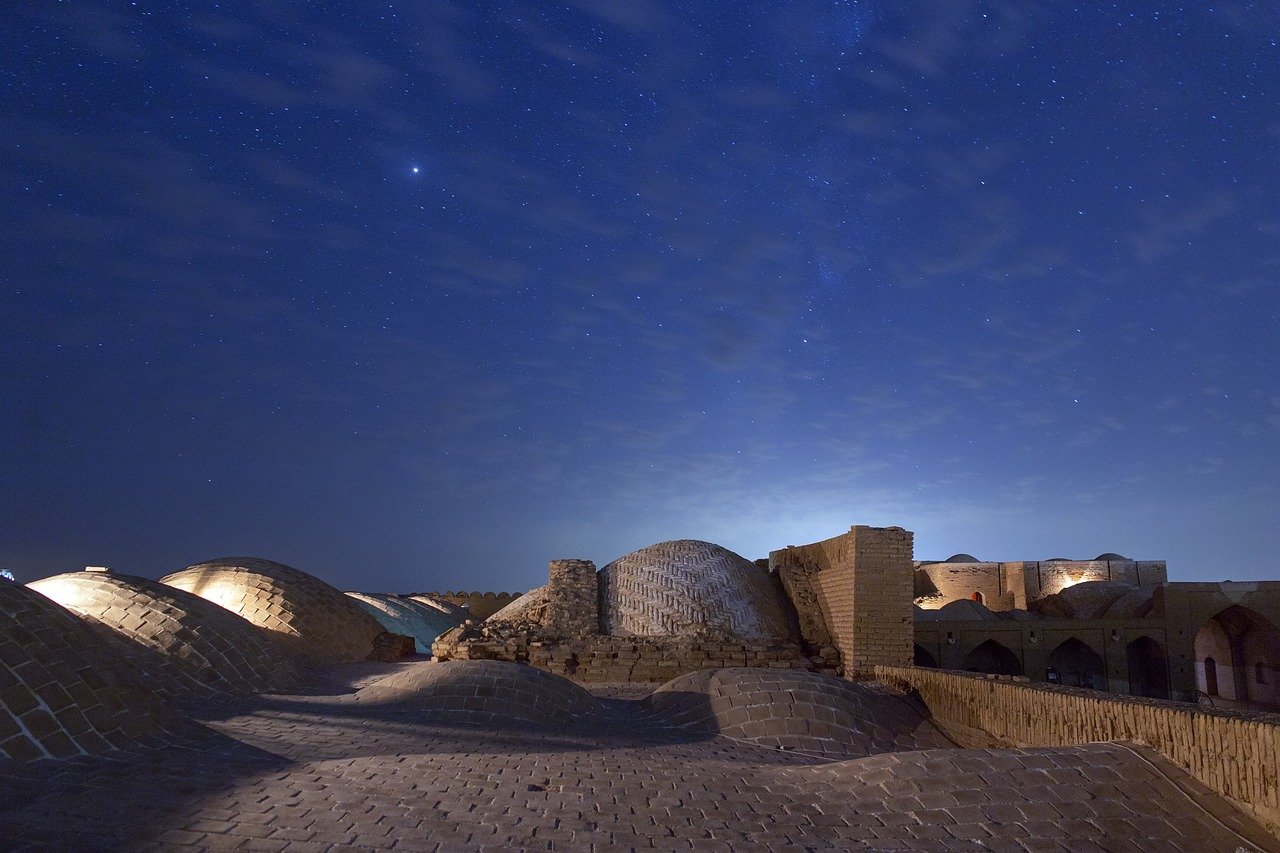
Clean water, warmth, and fresh air have always been at the heart of human progress. From ancient Roman bathhouses to the quiet hum of modern air conditioners, our pursuit of comfort has shaped not just our homes, but our societies, economies, and even politics. The story of indoor comfort is, in many ways, the story of civilization itself.
Today, modern systems like boiler replacement continue that ancient mission of balancing warmth, safety, and health inside our homes. Yet, long before pipes and thermostats, humans were already engineering ingenious ways to control their environments. Each era tells us something about what people valued most, and how comfort became a symbol of progress.
Roman Aqueducts and Public Bathhouses
Few societies understood the connection between cleanliness and community better than the Romans. Their vast network of aqueducts carried fresh water across miles, powering fountains, homes, and the iconic bathhouses that became social and cultural hubs. These baths were not simply for hygiene; they represented equality and leisure. Citizens from all walks of life could share the same warm waters, debate politics, or relax after a long day.
The engineering behind it was remarkable. Heated floors, or hypocausts, circulated warm air beneath stone tiles, an early example of radiant heating. This innovation didn’t just make spaces cozy. It demonstrated how technology could bring luxury and health to entire communities. The Roman obsession with comfort, hygiene, and design became a blueprint for future civilizations.
The Rise of Coal Heating in the Industrial Revolution
When the Industrial Revolution began, warmth became both a symbol and a necessity of progress. As cities grew denser, coal-fired heating replaced wood stoves, allowing factories and homes to operate through bitter winters. But this came at a cost, smog-choked cities and respiratory illness became common side effects of newfound comfort.
Still, this shift marked a turning point. Heating was no longer about survival. It was about productivity and quality of life. The ability to work indoors during winter transformed economies and set the stage for central heating systems. Early boilers and radiators made homes more efficient, as detailed in this fascinating look at radiators through history, and today’s advancements, like professional boiler replacement services, continue to improve that efficiency while reducing environmental impact.
How Plumbing Improved Public Health and Urban Life
Before modern plumbing, even great cities struggled with disease and sanitation. The introduction of piped water and sewage systems in the 19th century changed everything. Suddenly, clean water wasn’t just for the wealthy. Municipal systems brought hygiene and dignity into ordinary homes, slashing rates of cholera and typhoid.
This evolution also shaped architecture and gender roles. Indoor bathrooms, kitchens, and laundry spaces gave rise to new household routines and design priorities. The focus on sanitation redefined what it meant to live well, proving that comfort and public health go hand in hand.
Air Conditioning and Its Impact on Modern Life
When air conditioning entered the scene in the early 20th century, it quietly reshaped entire societies. What started as a way to protect books and machinery from humidity soon spread to movie theaters, offices, and homes. Cities like Houston, Dubai, and Singapore owe much of their modern growth to this technology, which made once-intolerable climates livable.
Air conditioning even influenced politics and migration. Populations shifted southward as air-cooled comfort became a given. Governments could function year-round, and industries no longer slowed during hot months. Indoor temperature control became an invisible force driving economic and social change, proof that comfort could literally move nations.
Comfort and Community in the Modern Age
Today’s HVAC systems are more than a convenience. They reflect our ongoing effort to live healthier, safer, and more sustainable lives. Smart thermostats, air purifiers, and energy-efficient heating are modern expressions of an age-old desire: to master our surroundings without harming them.
Companies dedicated to responsible comfort, like those offering expert boiler replacement and maintenance, carry forward this legacy. They connect ancient innovation with modern responsibility, ensuring comfort is accessible, safe, and environmentally sound. As we face new challenges, from climate change to urban overcrowding, the quest for balance between comfort and sustainability continues.
The Future of Comfort
Looking back, every leap in indoor comfort reveals something about who we are. Romans saw it as a form of equality, Victorians as a symbol of progress, and modern societies as a blend of luxury and necessity. What remains constant is the human instinct to improve our environment, to make life a little warmer, cleaner, and kinder.
From bathhouses to smart HVAC systems, the pursuit of comfort has always been a reflection of our shared humanity. And as technology evolves, our connection to that mission endures. The story of civilization is, after all, the story of people finding better ways to live, one warm room at a time.

